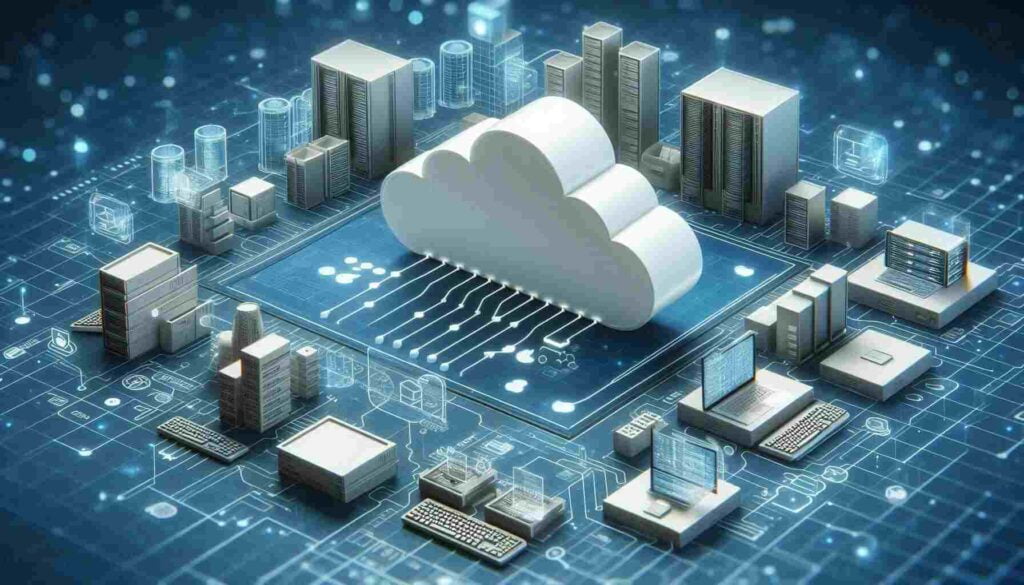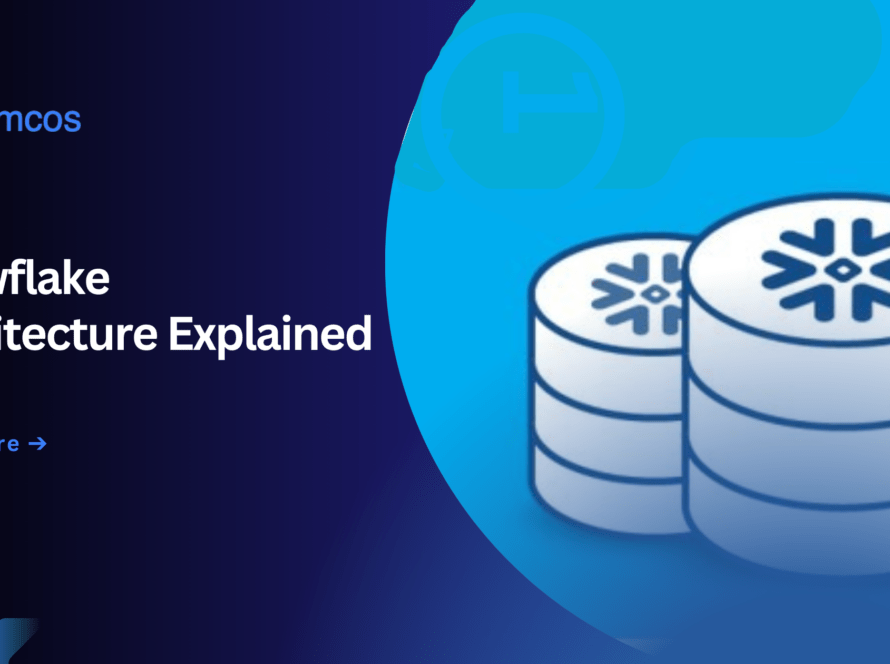Data Security in Snowflake is a multi-layered approach ensuring information is protected because data is king in the present business world. Businesses use data to connect with customers, improve products and make smart choices. They’re using more and more data to improve how they operate. This trend shows no signs of stopping. With an increase in the amount of data, companies need smarter ways to handle it all and need a way to understand it. But there’s a challenge: Data is stored in many places, both online (cloud) and on company computers. This makes it difficult for many businesses to manage it. Cloud data warehouses are a new answer that’s easy to adjust, grows as needed and works super fast.
Table of Contents

What is a Data Warehouse?
A data warehouse is the major storage area of the company’s information, merged from different sources like sales, marketing and customer accounts. It differs from the usual transaction database because it deals more with historical data for analysis purposes. The businesses monitor and understand trends and discern patterns. This central hub enables any business to check all its information with much ease, hence making better decisions.
The companies working for the modern method of data storage and analysis always look toward Snowflake. This is a great avenue to consider. It’s a technology company that provides a cloud-based data warehouse for data storage and analytics. It will better equip the business world by understanding the data it is dealing with and putting it in an advantageous position in making decisions.
What is Snowflake?
Snowflake is a cloud-based data platform. It works remotely on servers over the internet without actually worrying about physical hardware. The main aim of working on Snowflake is to take care of the data in an efficient manner. The Snowflake integrates pretty well with the data ecosystem by involving a complete package of services such as Data Warehousing, Data lakes and Advanced Data Analytics. Its scalable architecture gives the users flexibility to handle large volumes of data and perform complex queries.
How is Snowflake related to data?
Snowflake enables an organization to store its data in a secured and optimized way with all the tools required to analyze the same. The analysis may be for various reasons: data science, business intelligence, or simple reporting. What makes this platform so powerful is that it allows one to scale up as needed and is very easy to use, thus enabling users to concentrate on getting insights from the data rather than maintaining the data infrastructure.
Everything from highly structured data, such as sales figures, to less organized types of data, like social media posts. By bringing all your data together in one secure location, Snowflake helps businesses analyze it effectively.
Benefits
a) Effortless Scalability
Snowflake is an analytics platform built for the cloud, meaning it inherently provides infrastructure to scale up or scale down in terms of storing data and computation resources on demand. It has no issues handling large datasets with complex queries. As your needs grow, Snowflake scales up, keeping your operation running effortlessly.
b) Seamless Data Sharing and Collaboration
Snowflake allows you to share data securely across your internal teams and with external partners. With fine-grained permissions, the user is in control over what data others see; only share sensitive information at a granular level with those who should see it. This kind of collaboration makes it easier for teams to share and work in harmony on data analysis projects for better decision-making.
c) Data Security
Data security on the platform includes features like Role-Based Access Control, encryption of data at rest and in transit and Multi-Factor Authentication. These security features ensure that only those who have permission access the data while it remains protected from unauthorized access or breaches. Such strong security features instill trust in the platform for maintaining valuable data in a secured manner.

Security Features and Functionalities
The following are all related to various security features and functionality of Snowflake. Each represents different tools and settings in use for the locking down of data to make sure it’s protected.
1. Role-Based Access Control (RBAC)
This is in relation to what users are able to do inside Snowflake. It uses a security system called RBAC, which is Role-Based Access Control. This form of security allows for defined roles to be created with certain permissions assigned to them. The roles, in turn, are granted to either an individual or a team of users. RBAC ensures access is availed to only authorized users to the database, schema, tables, views. It therefore allows for different levels of access like read, write, delete among others based on the user’s role like analyst, data scientist and administrator among others to Snowflake users.
2. Data Filtering with Secure Views
Snowflake provides virtual tables commonly referred to as views. These views are necessary in the presentation of restricted portions of data to either the users or roles. Column-level data elements and row-level data points are decided by the administrators by setting up secure views. This helps in ensuring data privacy, whereby unauthorized applications cannot have sensitive information.
3. Data Encryption
Snowflake has default encryption at rest and in transit for protection. The default scheme for sensitive information protection is provided, but the key management-when sensitive data needs to be field-level encrypted-must be managed with closer consideration. This means being more effective in leveraging usage for external key management services for better data security, yet without inhibiting access.
4. Multi-Factor Authentication (MFA)
MFA adds an extra layer of security to your Snowflake account by requiring another form of verification aside from the password for access. This additional security-one being a code verifying through your phone-keeps your data significantly secure from unauthorized access.
Its web interface allows enabling MFA for specific users. Here’s the process:
a. Access the “Users & Security” section.
b. Choose the target user.
c. Select “Edit User” and activate “Multi-Factor Authentication.
5. Safe Data Movement
Data ingestion onto the platform requires a secure methodology that does not expose sensitive information. Loading data provides the encryption utilities native to the platform, in conjunction with integrating external identity providers for user authentication. Data extraction from the platform is done in a very secure fashion, where temporary access credentials are issued for a limited lifetime to retrieve data stored inside an external analysis stage.
6. Data Masking
Data masking is among the techniques of concealing sensitive data. In that way, the information are shared for purposes other than production while keeping private information private. Snowflake makes this dynamic data masking so strong because, by default, it automatically masks data in accord with user roles at query time.
7. Monitoring and Logging for Security
It picks up on potential security risks through continuous monitoring of users’ activities and access patterns. Additionally, the built functionality and integrations added in Snowflake facilitate a holistic view. In either of these cases, active management of both systems requires constant vigilance for better detection of anomalies in user activity or possible threats.

The nature of the data necessitates taking a multi-layered approach in security within the platform. Moreover, this could be implemented using RBAC and secure views to provide users with permissions in great detail. The data is encrypted both in rest and transit in the platform. MFA compels a user to take another step to verify their identity. Secure Data Loading and Extraction should also be considered and data masking allows limitation of exposure even at authorized access.
It is these practices, along with keeping oneself updated on Snowflake’s security best practices, that ensure users have a robust security framework. It is this, together with your commitment to data protection, that would allow you to confidently provide the power of Snowflake for your data warehousing needs.

How does HIMCOS help ?
Himcos implements a data warehouse, Snowflake which empowers us to build organized datasets, data warehouses and data pipelines, all with the help of Snowflake. This facilitates better data-driven decision-making for businesses seeking this service.



